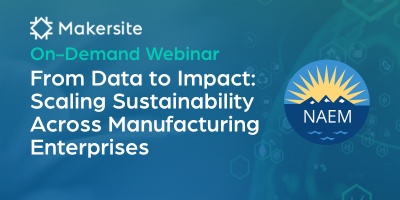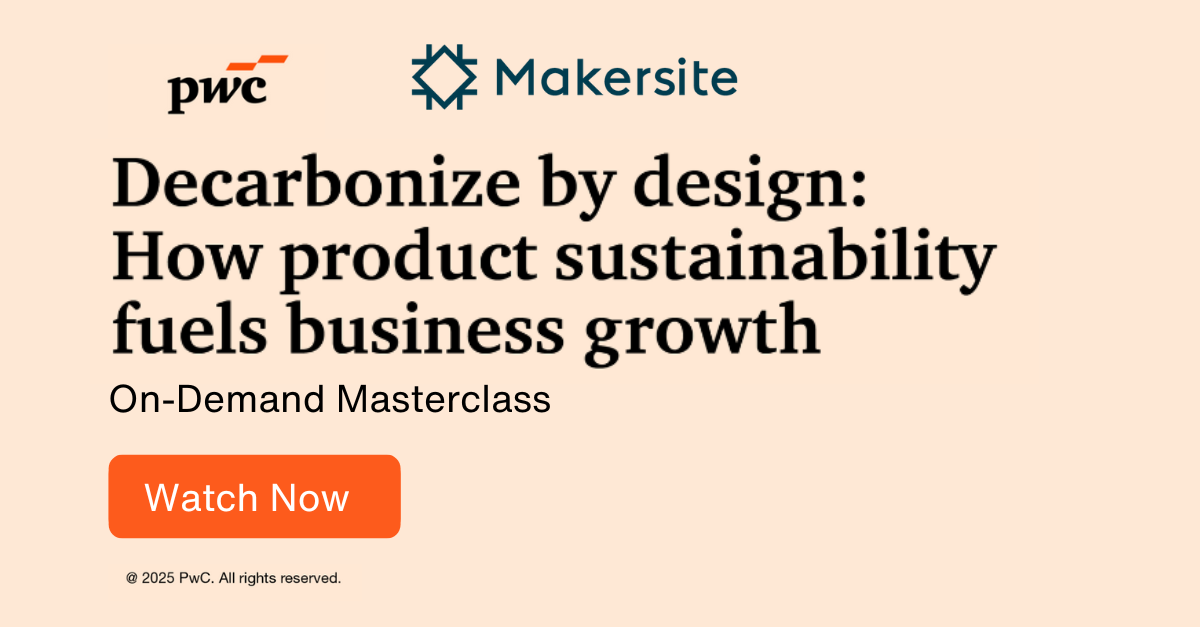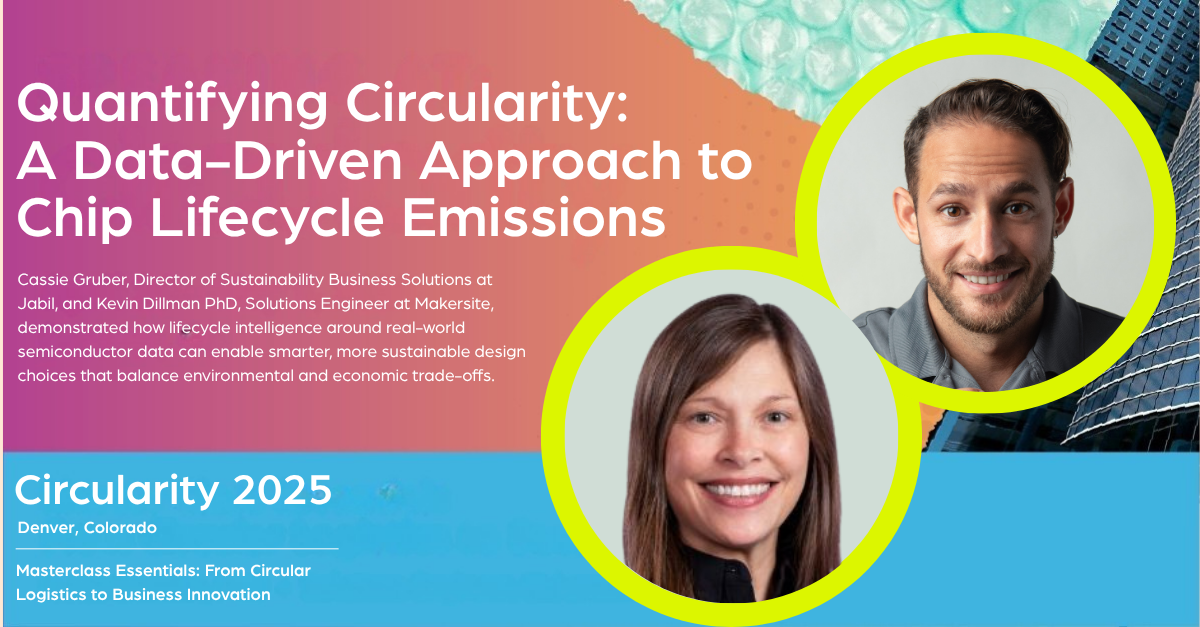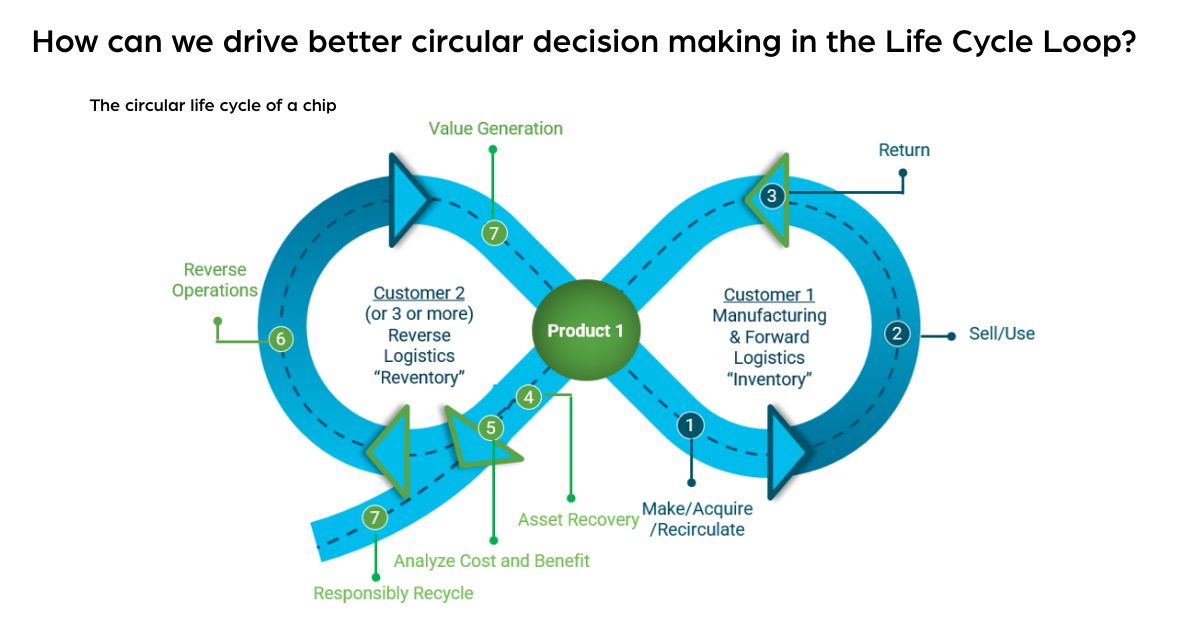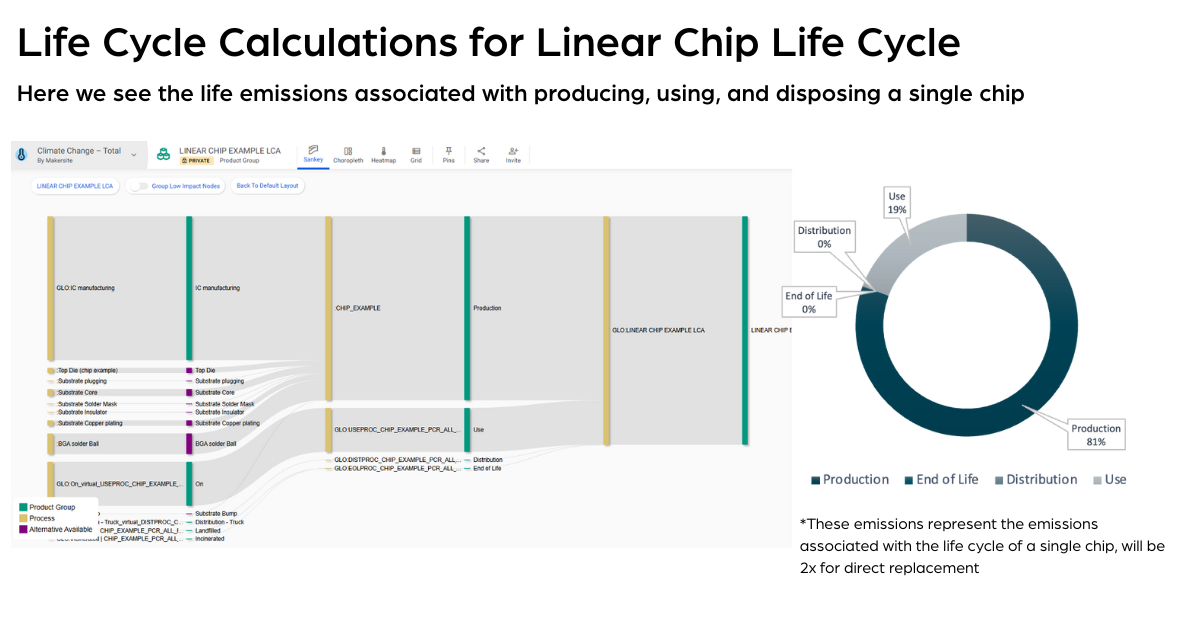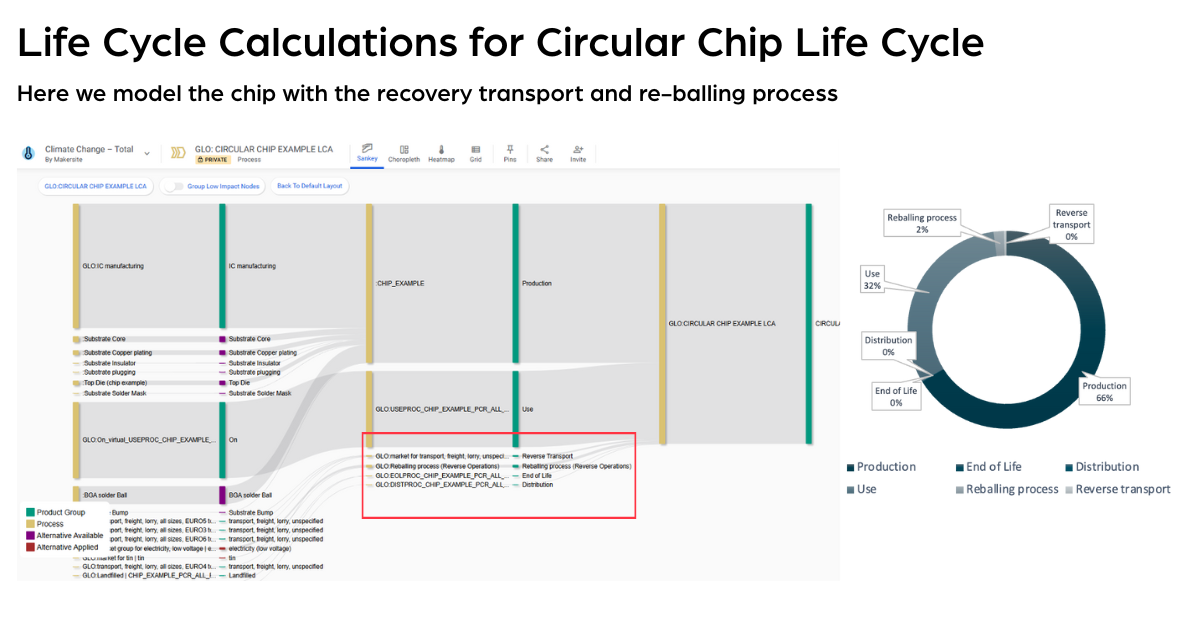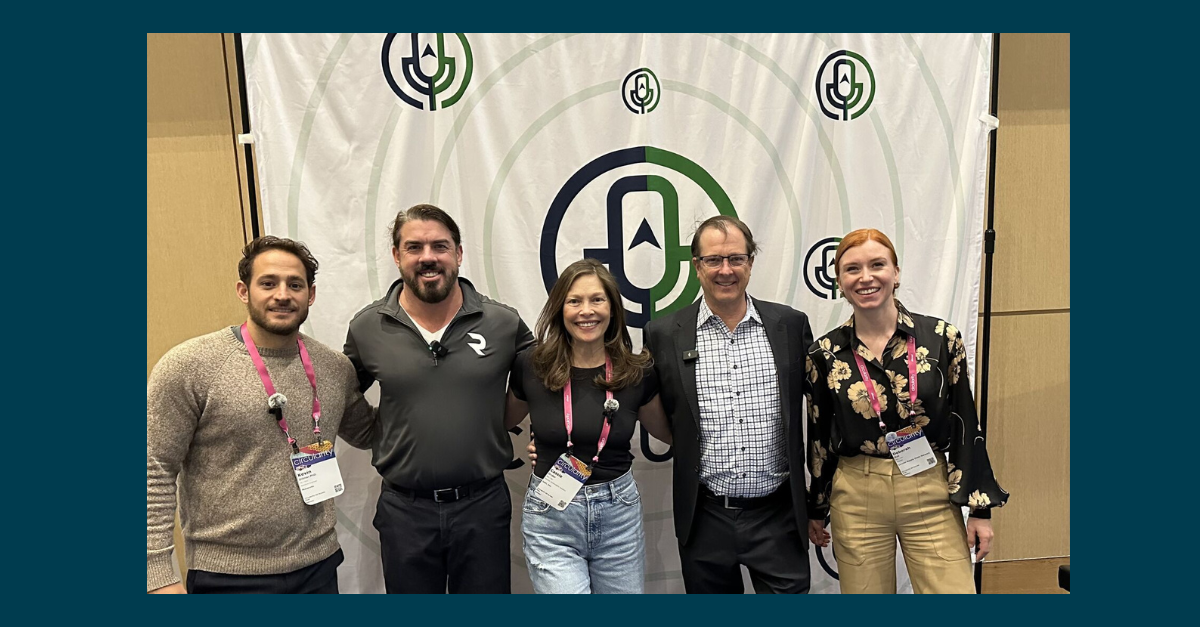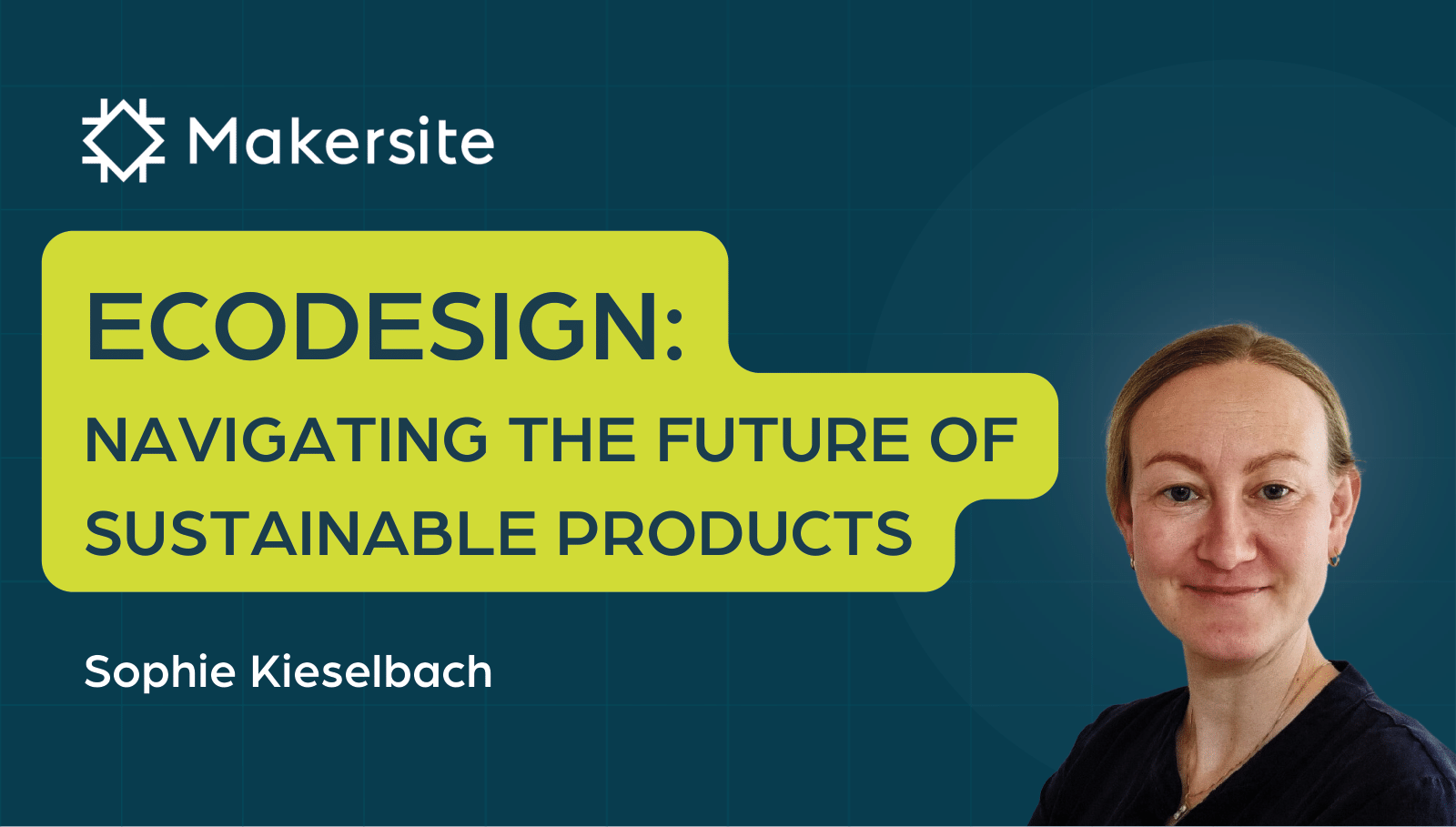You are currently viewing a placeholder content from Articulate 360. To access the actual content, click the button below. Please note that doing so will share data with third-party providers.
More InformationThe Hard Truth: Reporting Doesn’t Change Anything
Most manufacturers are drowning in spreadsheets and annual reports, but emissions don’t drop from reporting alone. The real bottleneck isn’t ambition. It’s data that’s too coarse to change real decisions. In our most recent webinar, partnered with NAEM, “From Data to Impact: Scaling Sustainability Across Manufacturing Enterprises” our experts stressed a simple reality: spend-based estimates might check a compliance box, but they will never redesign a product, reshape a supply chain, or win you a tender.
Key Takeaways
- Activity-based data is essential. Our experts emphasized that bill of materials (BOM)-level data enables manufacturers to move beyond spend-based estimates and into actionable Scope 3.1 reporting.
- A laddered approach to data quality. Start where you are: BOM-based modeling when available, weight or average factors when necessary, and spend-based methods only as a last resort.
- Collaboration is non-negotiable. Procurement, engineering, and sustainability functions must be aligned if product sustainability data is to influence real business decisions.
- Digital twins enable scale. By linking product, supply chain, and impact data, organizations can automate LCAs, close supplier data gaps, and create portfolio-wide transparency.
The Data Ladder: How to Climb Out of Spend-Based Guesswork
Most organizations are not constrained by a lack of data but by the wrong type of data. Scope 3.1 requires product-specific, activity-based data to enable meaningful action. Without it, sustainability reporting risks becoming an exercise in compliance rather than a driver of competitive advantage. Our experts underscored that to create impact, sustainability insights must flow into design and sourcing decisions, not remain trapped in reporting cycles.
A Practical Data Ladder for Scaling Sustainability Data
- BOM-based (preferred): Map the bill of materials, normalize material and process categories, and apply life cycle inventory factors. This is the most actionable level for design and sourcing decisions.
- Average/mass-based (backup): When full BOM data is unavailable, use product weight and representative averages to approximate impacts.
- Spend-based (fallback): Leverage spend data multiplied by EEIO factors only when no other information exists. This approach should be replaced progressively with activity-based data.
This ladder allows organizations to begin modeling with the data at hand and gradually refine accuracy through supplier engagement and primary data collection.
The point? Start now, climb steadily. Don’t let “perfect data” be the excuse for doing nothing.
The Barriers Manufacturers Face
Scaling sustainability isn’t straightforward. Common challenges include:
- Data silos across PLM, ERP, and compliance systems.
- Incomplete product records, such as missing weights or coatings.
- Rapid change in engineering and sourcing, which often outpaces traditional LCA cycles.
- Competing priorities across teams, with procurement focused on cost, engineering on manufacturability, and sustainability on reporting deadlines.
Breaking the Silos: From Sustainability Reports to Product Decisions
ERP and PLM systems were built to optimize cost and risk—not sustainability. The result? Fragmented records, incomplete supplier info, and teams working in isolation. The solution made clear: scaling sustainability demands a single source of product truth that procurement, engineers, and sustainability teams can all access and act on.
To overcome these barriers, our experts recommend a repeatable operating model:
- Normalizing product records by harmonizing BOMs, applying default assumptions, and defining a single source of truth for material attributes.
- Building an LCA-at-scale service via digital twins that connect cost, compliance, and footprint data, keeping models current as designs change.
- Prioritizing supplier engagement based on material impact, focusing requests for primary data where it matters most.
Embedding sustainability into workflows so that footprints are considered alongside cost and lead time in procurement events, design reviews, and customer disclosures.
Data Quality Isn’t the Excuse
Yes, your data is messy. Everyone’s data is messy. But the myth that you must “fix data first” before scaling sustainability is paralyzing progress. As our experts highlighted, you can achieve more than you think—even with imperfect data. The maturity curve proves it: novices wrestle spreadsheets, intermediates integrate flows, and advanced players run centralized master data governance. The winners don’t wait—they build maturity as they go.
What Success Looks Like
Signals that sustainability has scaled include:
- Broad coverage of up to 80% revenue/SKUs using activity-based methods.
- Automated impact updates tied to BOM or supplier changes.
- Sustainability metrics integrated into sourcing and design decision gates.
- Clear supplier mix shifts toward lower-carbon options, informed by quantified trade-offs.
Real-World Win: Microsoft – 28% Footprint Reduction on Surface Pro
Microsoft’s Surface team discovered that manual LCA processes were outdated, slow, and riddled with generic data.
By automating through Makersite, they:
- Cut LCA effort from months to minutes.
- Increased accuracy from 20% primary data to 70%.
- Freed 80% of resources to focus on reductions instead of reporting.
- Achieved a 28% footprint reduction on the Surface Pro.
The lesson: Automation doesn’t just accelerate reporting—it creates the space to design real carbon reductions.
Real-World Win: FLS – Tackling Massive Complexity
FLS, a global mining equipment leader, faced customer demand for timely LCA data that far outpaced their manual capacity. Their products involve thousands of BOM lines and hundreds of tons of material.
With Makersite, they:
- Scaled LCAs across complex, customized portfolios.
- Embedded carbon transparency into tenders and sales.
- Gained actionable insights to drive supplier and material decisions.
FLS turned sustainability into a competitive edge—not a reporting chore.
So, What Should You Do?
- Run a pilot, not a POC. Prove scale, accuracy, and speed on real SKUs or sites—not toy examples.
- Get cross-functional buy-in. Procurement, sales, and engineering must see the business value, or sustainability stays underfunded.
- Pick a partner you trust. The sustainability software space is still the Wild West. Don’t just buy tools—find people who deliver.
Addressing Common Pushbacks
- “We don’t have the data.” Use the ladder—begin with what is available and improve over time. Hybrid approaches are both recognized and effective.
- “LCAs take too long.” With a connected digital twin, models update automatically, reducing time to insight.
- “Scope 3 is just reporting.” When tied to product and sourcing decisions, Scope 3 becomes a lever for both emissions reduction and margin growth.
Still Skeptical? Let’s Address the Hard Questions
- “We already have a sustainability team handling this.”
Good—but if their insights never reach procurement or design, you’re leaving value on the table. Scaling means wiring their work directly into product and supplier decisions, not confining it to reports. - “We’re not ready for a new tool or vendor.”
You don’t need another silo—you need a connected digital twin that feeds your existing PLM, ERP, and sourcing systems. The right partner integrates with what you have and accelerates ROI. - “We don’t have good enough data to act.”
No one starts with perfect data. The key is the ladder approach: use what you have, improve as you go, and replace assumptions with primary data over time. - “This all sounds too complex.”
Automating LCAs across thousands of BOM lines for heavy mining equipment is complex, but it can be done. Complexity is exactly why scalable automation exists. - “Scope 3 is just reporting.”
Reporting alone doesn’t change outcomes. But when Scope 3 metrics drive sourcing, design, and tender decisions, they become a lever for cost savings, margin growth, and differentiation.
Closing Thought
Our experts’ message was clear: sustainability at scale isn’t about “more reports.” It’s about hardwiring footprint into product and supplier decisions. That’s the difference between reporting carbon and actually reducing it.
